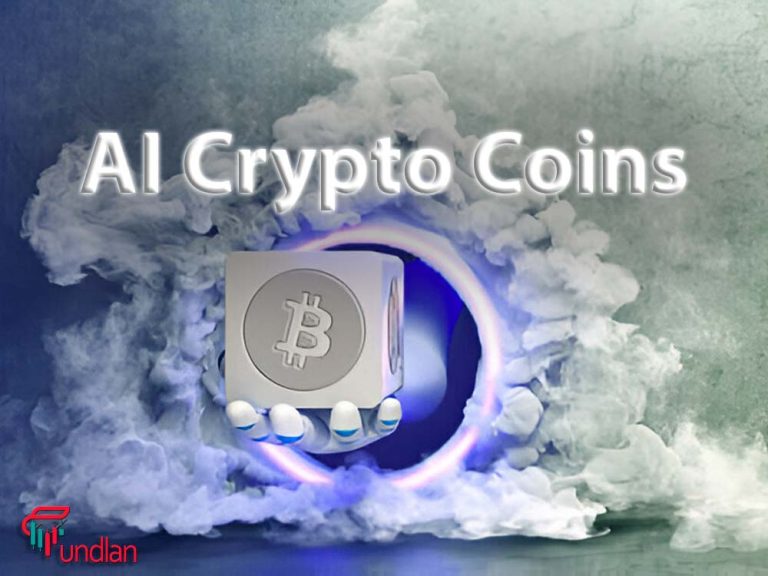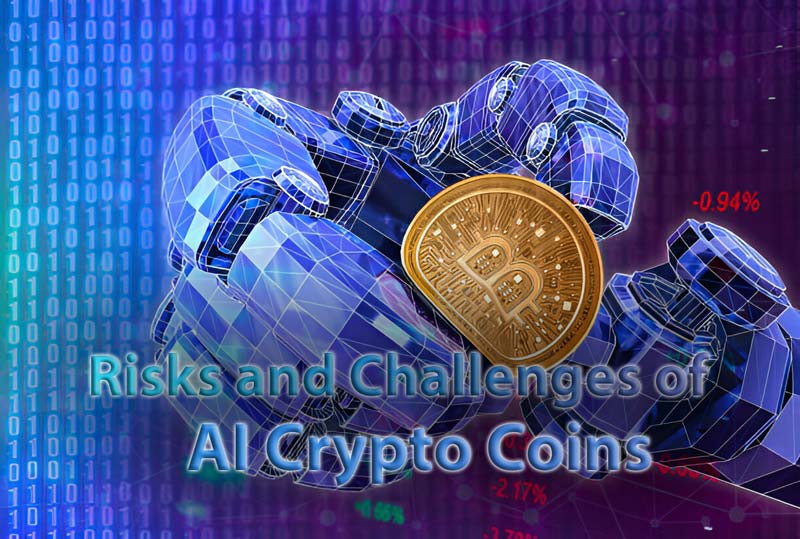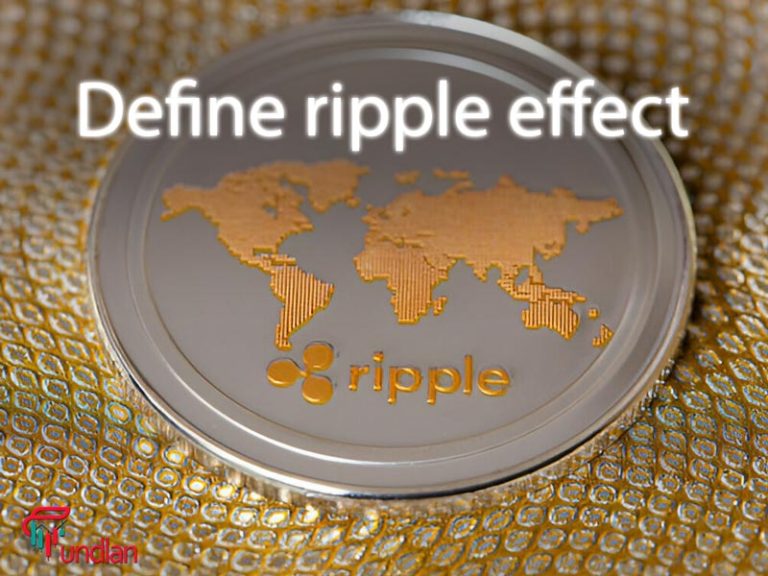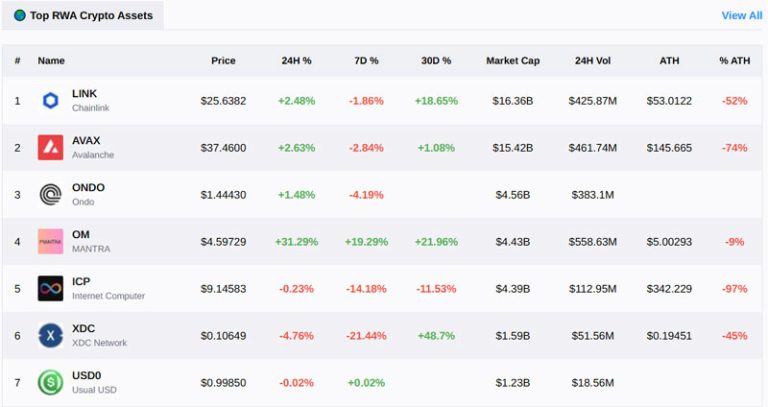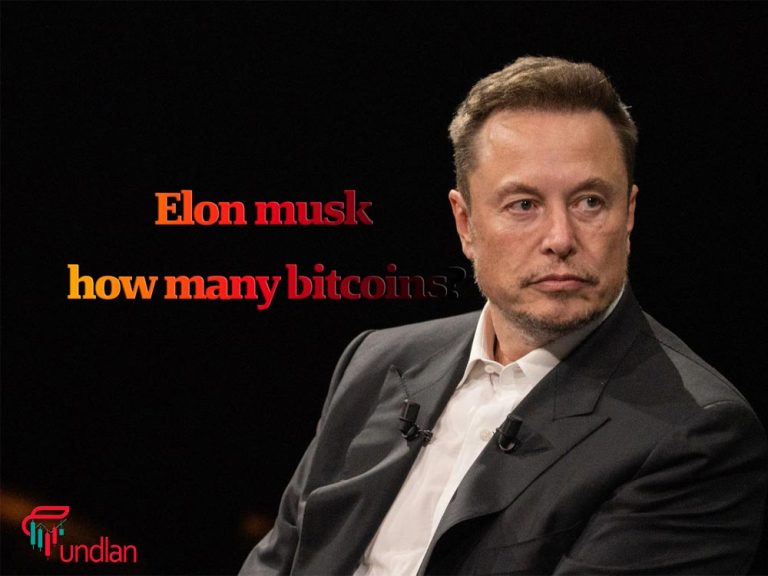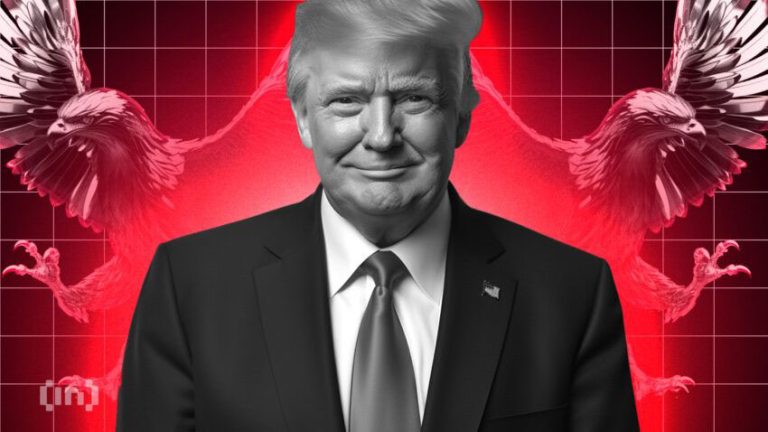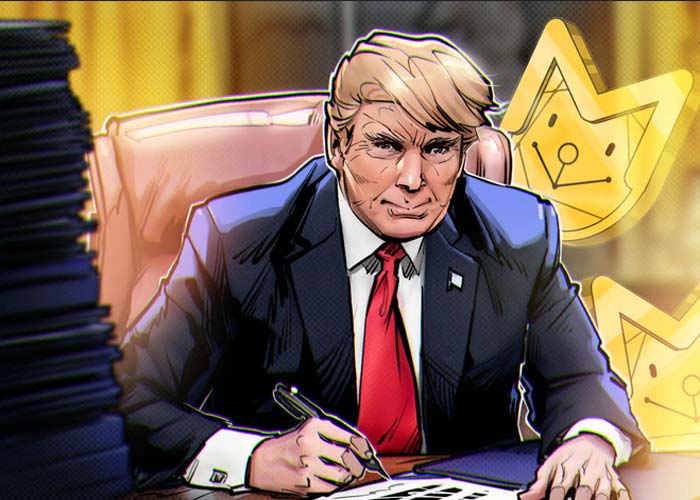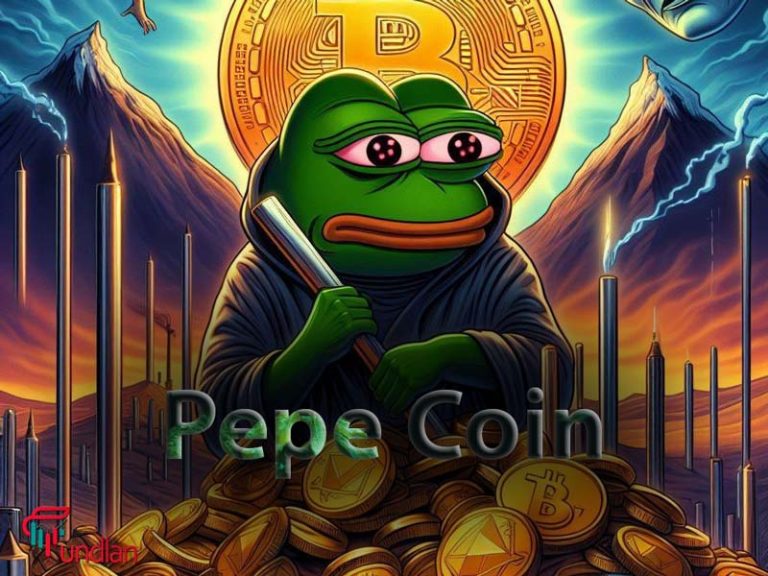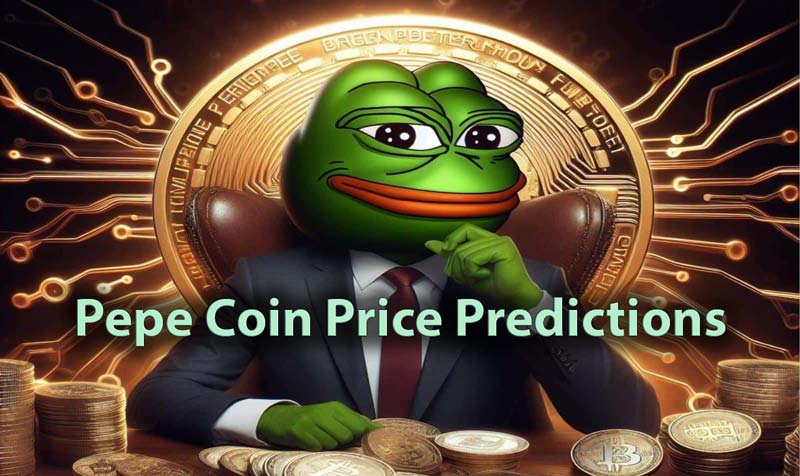How the New U.S. Tariffs Could Affect International Trade and Currency Exchange?
What Are Tariffs?
A tariff is a tax imposed by a government on goods imported from another country. Imagine you’re buying something from another country – say, a pair of shoes. A tariff is essentially a tax added to those imported shoes when they enter your country. It’s collected by your government.
Governments impose tariffs for a few key reasons:
- To protect domestic industries
- To generate revenue
- As a bargaining tool
While often intended to protect local industries, tariffs can also lead to higher prices for consumers, disrupt global supply chains, and sometimes even provoke retaliatory tariffs from other countries, leading to “trade wars.”
Effects of Tariffs on Cryptocurrencies
While tariffs directly target traditional goods and services, they can have several indirect effects on the cryptocurrency market, mainly by influencing the broader economic landscape and investor sentiment:
Increased Market Volatility and Risk Aversion: Tariffs introduce economic uncertainty, which often leads to volatility across traditional financial markets (stocks, bonds, currencies). Cryptocurrencies, despite being envisioned as independent, often behave as risk assets in these environments. When trade tensions escalate, investors may move capital out of perceived “risky” assets like crypto and into safer options like gold or government bonds, leading to price drops.
Inflation and Monetary Policy: Tariffs can raise the cost of imported goods, potentially leading to inflation within the imposing country. Central banks might respond to inflation by raising interest rates. Higher interest rates can make borrowing more expensive, reducing the flow of money into speculative investments like crypto. However, if inflation becomes severe and trust in traditional fiat currencies erodes, some people might turn to cryptocurrencies (especially Bitcoin) as a hedge against inflation or a store of value.
Impact on Crypto Mining Costs: Many cryptocurrency mining operations rely on imported hardware, particularly advanced semiconductor chips and ASIC miners. If tariffs are imposed on these tech products, it can increase the operational costs for miners, potentially affecting profitability and leading to a relocation of mining operations to regions with lower costs and fewer trade restrictions.
Currency Devaluation and Crypto Adoption: In countries heavily impacted by tariffs, their national currency might weaken significantly. When a fiat currency depreciates rapidly, citizens and businesses might increasingly turn to cryptocurrencies (like Bitcoin or stablecoins) as an alternative means to preserve wealth or conduct transactions, seeking stability outside the traditional financial system. This has been observed in countries experiencing high inflation or economic instability.
Regulatory Scrutiny: Periods of trade tension and economic uncertainty can lead governments to increase their scrutiny of financial flows, including cryptocurrencies. They might impose stricter regulations to monitor digital assets, fearing their use to bypass capital controls or sanctions, which could impact investor confidence and market activity.
In essence, while there’s no direct tariff on cryptocurrency itself, the ripple effects of trade policies on global economics, investor behavior, and even the cost of crypto infrastructure can certainly influence the crypto market.
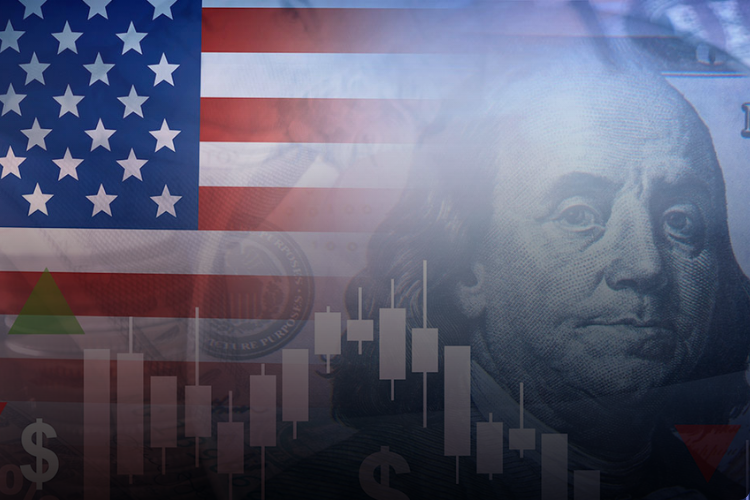
Can USA Influence Tether Via Tariffs?
While tariffs themselves don’t directly apply to a digital asset like Tether (USDT) in the same way they do to physical goods, the USA can absolutely influence Tether through broader regulatory and economic policies, which can be indirectly affected by trade tensions and tariff strategies.
Here’s how:
- Regulatory Scrutiny and Legislation:
- Direct Impact: The most significant way the USA influences Tether is through its regulatory framework. The recent GENIUS Act, signed into law by President Trump, is a prime example. This legislation creates a regulatory framework for stablecoins in the U.S., mandating things like 1:1 reserve backing with “safe assets” (primarily U.S. Treasuries), stringent audit requirements, and anti-money laundering (AML) standards.
- Tether’s Response: Tether has already stated its intention to comply with the GENIUS Act by either seeking registration for its existing USDT under the “foreign issuer pathway” or by launching a new U.S.-specific stablecoin designed to meet these domestic compliance standards. This shows direct influence through regulation.
- Trade-off for Access: The U.S. is a massive market. For Tether to operate legally and gain wider adoption within the U.S., it must adhere to these regulations. This gives the U.S. significant leverage.
- Impact on U.S. Dollar Dominance:
- Tariffs and De-dollarization: Tariffs can create economic friction and encourage countries to seek alternatives to the U.S. dollar for trade and reserves. If the U.S. dollar’s role in international trade diminishes due to these tensions, it could indirectly impact the demand for dollar-pegged stablecoins like Tether.
- Stablecoins as a “Trojan Horse” for Dollar Dominance: Ironically, some argue that dollar-backed stablecoins, even those issued by foreign entities like Tether, actually reinforce U.S. dollar dominance by providing a digital, easily transferable form of the dollar globally. The U.S. government has an interest in maintaining the dollar’s global standing.
- Monetary Policy and U.S. Treasury Market (Indirect Influence):
- Tether’s Reserves: A substantial portion of Tether’s reserves are held in the U.S. Treasury bills. This makes Tether a significant holder of U.S. government debt.
- Interest Rates and Demand: U.S. monetary policy (like interest rate changes) and the overall health of the U.S. Treasury market directly impact the value and stability of Tether’s reserves. While tariffs don’t directly dictate these, they can contribute to broader economic conditions that influence monetary policy and Treasury demand.
- Systemic Risk: The growing interdependence between stablecoins and the U.S. Treasury market means that any disruption in the Treasury market could negatively impact stablecoins, and vice-versa. The U.S. has a vested interest in the stability of both.
- Investor Sentiment and Economic Stability:
- Uncertainty from Tariffs: Economic uncertainty stemming from tariff disputes can lead to broader market volatility, including in cryptocurrencies. While Tether is designed to be stable, extreme market fear or a crisis of confidence in the U.S. dollar itself (though unlikely) could indirectly affect even stablecoins. Investors might shift to other assets if they perceive the U.S. economic outlook as significantly deteriorating.
In summary, while there isn’t a “tariff on Tether” itself, the U.S. exerts strong influence through its burgeoning regulatory framework for stablecoins, its overall economic policies (which can be shaped by tariffs), and the critical role of U.S. dollar-backed assets in Tether’s reserves. The recent GENIUS Act demonstrates a clear intent by the U.S. to bring Tether and other stablecoin issuers under its regulatory umbrella.





